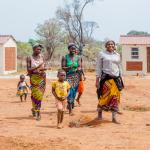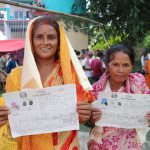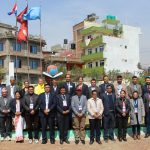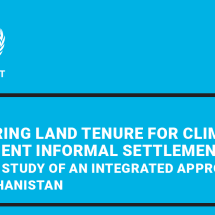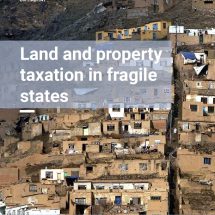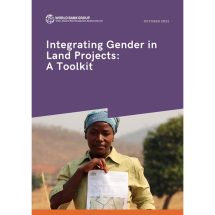 Rangelands provide numerous goods and services that have great economic, social, cultural, and biological value. Inhabitants of rangelands have engineered pastoral, hunter-gatherer, and farming systems that have sustained their livelihoods in these usually dry environments for centuries. Primarily, rangelands are grazing-dependent systems, characterised by dry periods and droughts. However, these characteristics should not be a barrier to development and can be managed through careful planning and management of resources.
Rangelands provide numerous goods and services that have great economic, social, cultural, and biological value. Inhabitants of rangelands have engineered pastoral, hunter-gatherer, and farming systems that have sustained their livelihoods in these usually dry environments for centuries. Primarily, rangelands are grazing-dependent systems, characterised by dry periods and droughts. However, these characteristics should not be a barrier to development and can be managed through careful planning and management of resources.
Rangeland communities’ territories are closely associated with permanent water points. Some differentiate between “territories of transhumance” (wet grazing areas) and “territories of anchorage” (dry grazing areas), which enclose strategic resources such as wells and riverside grazing. Pastoralists employ highly specialised risk-spreading strategies to safeguard herds in this harsh environment. Introducing village land use planning (VLUP) processes in a rangelands context is challenging. Pastoralist and hunter-gatherer production systems often require movement across village boundaries to access or share grazing or water resources.



